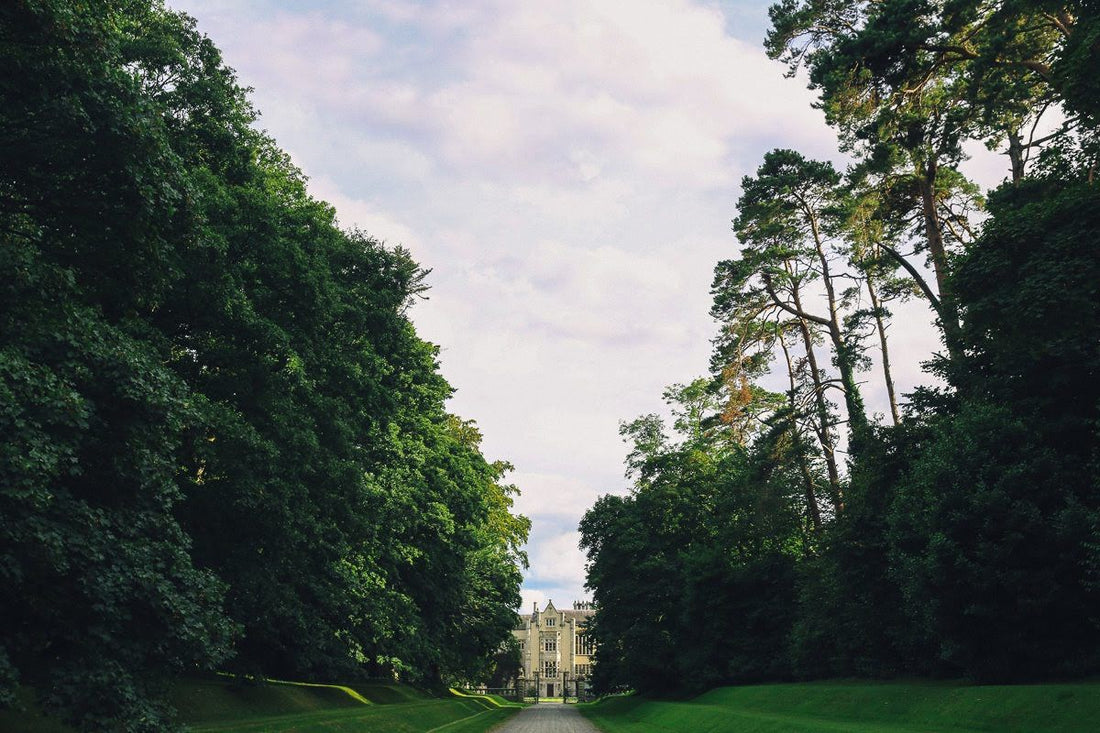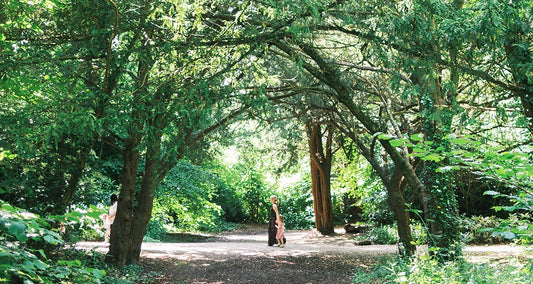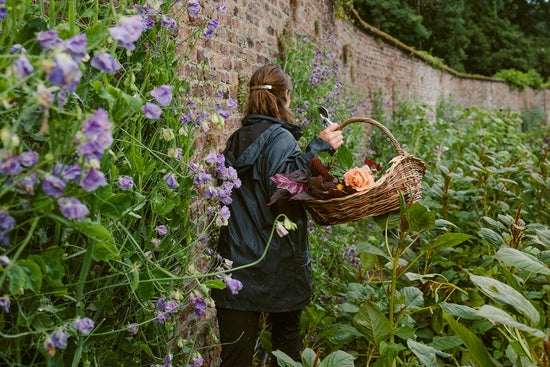Pandemics now and the 19th Century.
These early summer days and talk of the country reopening after more than a year of lockdown give me part hope and part restless feet, as by now I can say I want out! I’ve been reflecting on the differences this year of restrictions have made for me. A hug with a friend will seem, for a long time, an absolute bliss, and I hope I keep with me that feeling of just a little extra time for our family at home, in our own cocoon. There is also a sense of worry: will these pandemics and restrictions repeat or grow more frequent? Will global warming worsen or can we learn to restrict our carbon emissions, stop cutting down forests, reduce our need to consume, and be happy with our great plenty with awareness and gratitude for all we have?
Lady Meath has spent a great deal of time in the Archives over the past 10 years. This week she sends these notes through. She has faithfully jotted down what she has found, no conclusion…for your interest.
From the Killruddery Archives
19th Century Epidemics
As we are in the season of a pandemic, the following notes have been extracted from the diaries of Kathleen Brabazon, sister of the 12th Earl of Meath.
In 1832 there was a worldwide spread of cholera. She mentions that it was particularly bad during the summer in the manufacturing districts in the UK where she quotes some 80,000 people were sick and 30,000 deaths were recorded. Guernsey was also badly affected and so too Paris.
Then we move on to the Irish famine of 1847, when her father, William Brabazon, visited all the tenants of the Meath family to ascertain their needs. This was part of a letter he wrote to his wife Harriot who was staying with her father in Wales.
February 26th 1847
‘I go tomorrow for the rest of the week to Glenmalure to see with my own eyes what each tenant is doing and who the individuals are who require assistance………………….
I hope that no land whatever will remain untilled this season. I have made it a sine-qua-non with everyone that some portion of his ground be planted with turnips to replace in some degree the potato crop. My father will advance to those in most distress the seed, oats, barley, wheat and necessary to crop their ground. I intend giving gratuitously to each man who will prepare his garden properly some carrot, cabbage and onion seed.
We have adopted Soyer’s 1st recipe at the Bray soup kitchen and are enabled to make as good a soup as we did before at just half the expense.’
On 9th May 1847 he wrote:
‘Hitherto I am happy to say we have very little fever within our district and that of a mild description but in Dublin it rages violently. The hospitals are filled and the yards are tented over to accommodate the increasing stream of diseases. I fear that on the first burst of warm weather it will still more widely extend its ravages and increase in malignity.’
1880
Typhus, cholera, typhoid and dysentery were reported. In the West of Ireland there was a failure of the potato crop again which caused more misery and disease. Many charities were founded to help with funds collected in the UK.
AS WE OPEN – April 2021
As we open the gates to the Gardens for 2021 Summer Season, I remember my own first visit to the Gardens, charmed by the contrast of controlled, manipulated horticulture, hewn through centuries of care, its edges framed by wilderness and crumbling walls, ivy and briars keen to come to the quiet garden party of specimen trees and clipped hedges. In early visits I witnessed both the privilege and the burden it was to love and own this space. While the Gardens were open to the public for some hours for some months of the year, I felt the garden deserved, no, yearned for more than just a few visitors to animate and be witness to its various shades of season.
The truth is, it takes a diverse and varied community of people to make Killruddery what it is. In its heyday of early to mid-19th century, the estate was made up of 3,000 acres, and in those days 128 people worked the Farm and Gardens alone. The Earl of Meath Office was part of the driving force that built Bray and developed the Liberties in Dublin and it employed an even wider number of people to help construct new houses, hospitals, schools, playgrounds, market places and other amenities around the area. This garden stands as a triumph and as a result of the input of so many families or individuals with various experiences over four centuries.
So many things have changed since the 19th century, but today we still depend greatly on the local community to advocate and care for Killruddery in a myriad of ways, of which our family’s ownership is just one part.
Preservation of a “Great House” and its 50-acre garden carries a huge cost. There are old buildings, old trees, specialist planting, heritage architecture and infrastructure to maintain, as well as new projects. As owners we have extensive costs to meet. These days we have a multifaceted approach to enterprise at Killruddery. Membership and entrance ticket numbers make a significant inroad towards meeting costs that will make this estate sustainable.
We know the house and gardens will thrive by being supported by a multitude of people. But the financial input is only one part of it. We also open because Killruddery was created to celebrate nature, and the sheer pleasure of this mature garden should not be limited to one family alone. When we hear a child exclaim, “This is my back garden”, we know that the alchemy has occurred – and that one more soul on earth knows why this garden is worth conserving, restoring, maintaining and developing. That shared knowing makes it possible to conceive of Killruddery’s future, where this heritage space will thrive as a space for entertainment, leisure-time, for solitude, for nourishment of mind and body and as a place to become familiar with an archetype of built and horticultural heritage. What’s the point of having this horticultural feat of genius and not inviting in a wide community of viewers. All art needs eyes!
Our opening is an ongoing, morphing thing. Our Killruddery community is deep and complex and sometimes challenging but we would never go back to having a quieter estate, the community is such an integral part of what Killruddery is.
Fionnuala Ardee – 1st April 2021








